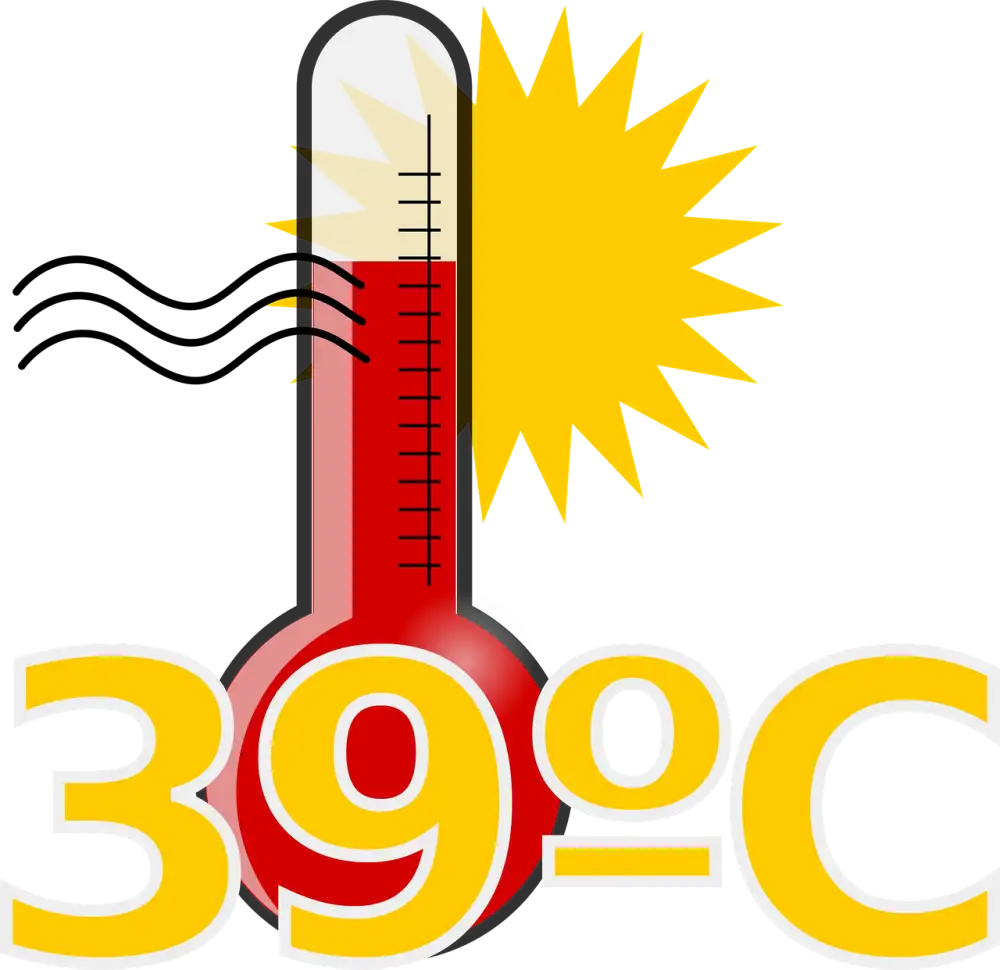Mastering Chicken Temp: The Key to Perfectly Cooked Poultry

Importance of Chicken Temp
Chicken temperature is crucial for both taste and safety. Cooking poultry to the correct internal temperature ensures that harmful bacteria like salmonella are killed, reducing the risk of foodborne illnesses. Undercooked chicken can lead to serious health issues, while overcooked chicken results in dry and tough meat. By mastering the chicken temp, you guarantee a juicy and flavorful dish that is safe to eat. Temperature control is key in achieving perfectly cooked poultry every time.
Recommended Internal Temperature for Chicken
When it comes to cooking chicken, ensuring that it reaches the correct internal temperature is crucial for both safety and taste. The recommended internal temperature for chicken is 165°F (74°C). This temperature ensures that harmful bacteria like salmonella are killed, making the chicken safe to eat. Using a food thermometer is the most accurate way to check if the chicken has reached this temperature. Remember to insert the thermometer into the thickest part of the meat without touching bone for an accurate reading.
Methods to Check Chicken Temp
1. Meat Thermometer: The most accurate way to check the internal temperature of chicken is by using a meat thermometer. Insert the thermometer into the thickest part of the chicken, avoiding bones, until it reaches the center. The USDA recommends a safe minimum internal temperature of 165°F (74°C) for all poultry.
2. Visual Inspection: While not as precise as a meat thermometer, you can also visually inspect the chicken for doneness. Cut into the thickest part of the meat; if it's white with no pinkness and the juices run clear, it's likely cooked through.
3. Touch Test: Another method is to use touch to gauge doneness. Press on the chicken with your finger; if it feels firm and springs back, it's likely done. However, this method is less reliable than using a thermometer.
4. Cooking Time: If you're unable to use a thermometer or prefer not to cut into the chicken, following recommended cooking times based on weight and cooking method can also help ensure that your poultry is cooked thoroughly.
Remember that undercooked chicken poses health risks due to harmful bacteria like salmonella. Using a meat thermometer remains the best way to guarantee safe consumption of poultry dishes.
Tips for Safe Cooking
When it comes to safe cooking practices for chicken, there are a few key tips to keep in mind. Firstly, always ensure that you wash your hands thoroughly with soap and water before and after handling raw chicken to prevent the spread of bacteria. Secondly, use separate cutting boards and utensils for raw chicken to avoid cross-contamination with other foods.
It is important to cook chicken to the recommended internal temperature of 165°F (74°C) to kill any harmful bacteria such as salmonella. Use a food thermometer inserted into the thickest part of the meat without touching bone for an accurate reading. Avoid partially cooking chicken and then finishing it later as this can increase the risk of bacterial growth.
Furthermore, refrigerate any leftovers promptly within two hours of cooking to prevent bacteria from multiplying. When reheating cooked chicken, make sure it reaches an internal temperature of 165°F (74°C) to ensure it is safe to eat. By following these safety tips, you can enjoy delicious chicken dishes without compromising your health.
Resting Period After Cooking
Resting your chicken after cooking is a crucial step that should not be overlooked. Allowing the chicken to rest for about 5-10 minutes after cooking helps the juices redistribute evenly throughout the meat, resulting in a juicier and more flavorful final product. During this resting period, the internal temperature of the chicken may rise by a few degrees, so it's essential to factor this in when determining doneness. Additionally, covering the chicken loosely with foil during the resting period can help retain heat and moisture, ensuring a delicious and tender outcome.
Published: 19. 06. 2024
Category: Recipes



